The Dramatic World of
BACKLIGHTING
By Jim Moerschel
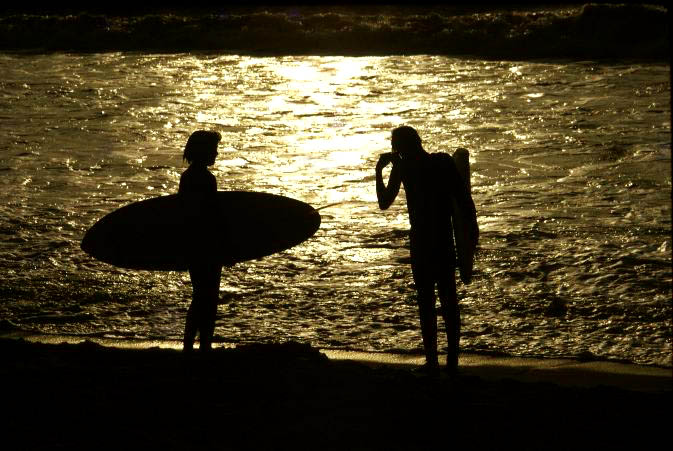
As the word Backlighting suggests, it is light
that illuminates the
subject from behind and towards the photographer’s lens. I can remember
my early days of image making where I would make sure the sun was over
my
shoulder shining brightly on whatever the intended subject was selected.
It
took awhile and my early photos were pretty boring, but after seeing some
of the great masters of landscape photography I began to see that they
used
light in a creative way to make superb and dramatic images.
What set these great images apart from others was in many cases shooting
with the light behind the subject.
This rendered the scene in a
much different way than if the light was from the front or side. When
used
correctly, backlighting can create some of the most appealing and dramatic
images imaginable.
Backlighting works well with any subject that is translucent, such as
leaves of a tree,
grass and stained glass windows to name a few.
Anything that
allows light to pass through it is a good candidate as a subject for the
use of
backlight.
When the subject is a person, animal or inanimate object
that the photographerwishes to
backlight there are a few important decisions
to be
made. First, the subject most likely will become a silhouette and it is
necessary for the photographer to make sure the subject will be recognizable
in the angle of view. The subject will also have to be placed against
a lighter background so thatviewers can see it rather
than have it blend with a darkened background. If these steps are heeded,
the resulting image can
be very affective.
Our lead photograph was taken at Malibu Beach during the days of
The Endless Summer. I used a 300 mm lens with camera mounted on my tripod
so as to be far enough away for candid images of the surfers at sunset.
The setting sun reflected off the water creating a golden glow as a stunning
Background for the two surfers. I also took the meter reading off the
background glowing water.
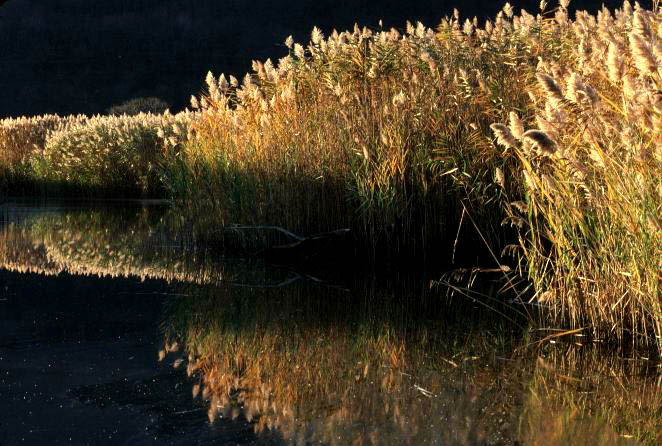
The image of the plumed swamp grass and the reflection is very vibrant
Due to the intense light shining through the stalks and plumes. I used
a
100 – 300mm lens on a Nikon N90s, mounted on the tripod. Backlighting
works very well on translucent subjects.
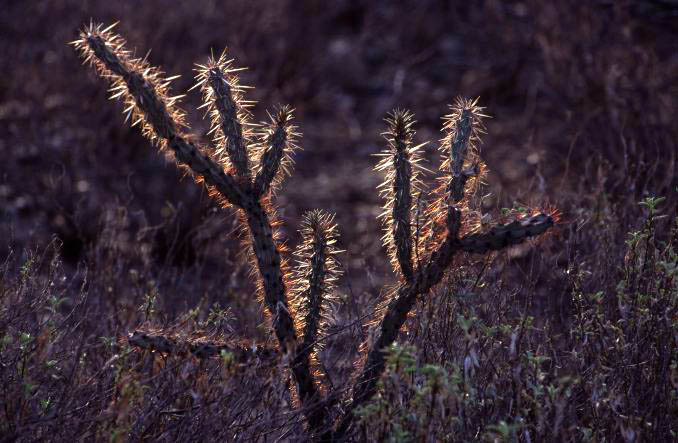
While walking through the Arizona desert, I spotted a small cactus.
What made the cactus stand out was the beautiful backlighting that illuminated
the needles on each arm. The image was made using the 100 – 300mm
zoom lens and I used a tripod for a steady image. I made sure that the
cactus was set against a uniform dark background and framed the scene.
Notice that the lower left arm has no backlighting hitting it and the
needles
Are rendered invisible.
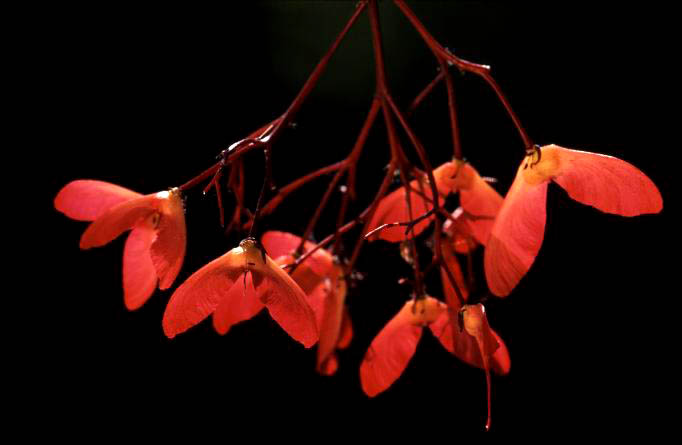
The tiny Japanese Maple seeds are much more visible and dynamic when the
sun shines through them. It was the sparkling light that caught my attention
to the small subjects initially, and with the use of my macro lens
And a tripod I framed this wonderful grouping.
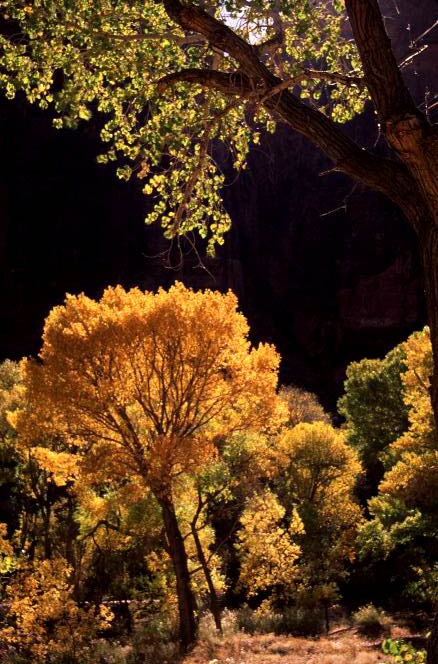

The first week in November is a great time to visit Zion National Park
in
Utah. This is the time that trees in this area are at their peak color
and the combination of colorful leaves and red sandstone cliffs make for
great photography.
In both photos we see how dynamic the image becomes when the leaves
Are back-lit. I photographed these two scenes because of the lighting,
not necessarily any particular composition.
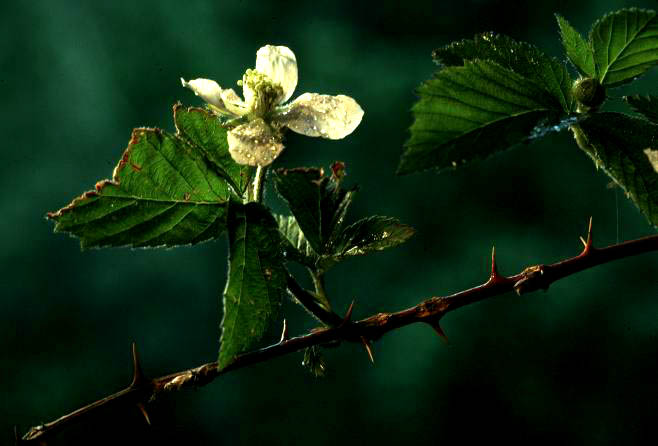
This close-up photo of the thorny plant was made because the backlighting
attracted me to this nature scene. Then, it was the matter of
Composing the leaves and the tiny white flower and thorny branch into
a
Photo. Isn’t the light pretty? Backlighting brings out all the fine
details
In the leaves.
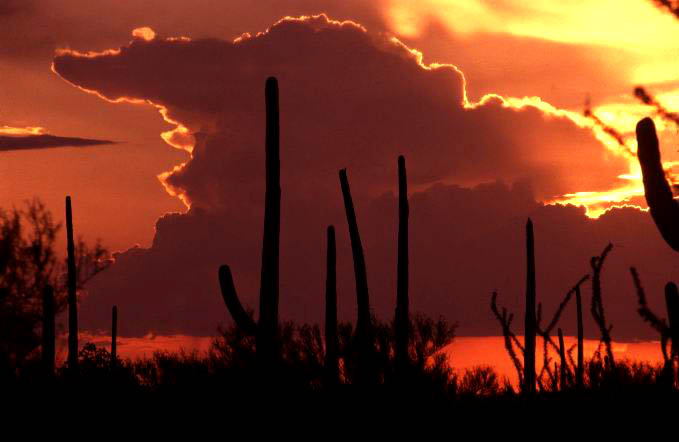
Saguaro National Park, which is located near Tucson, Arizona is a
Fantastic place for cactus photography. The huge Saguaro cactus are
Amazing, some thirty feet tall and all have a characteristic all their
own.
Following a heavy afternoon downpour, I went out into the park searching
For snakes and lizards, when suddenly this huge cloud formation caught
my eye. I used a 100 – 300mm lens, a warming filter to enhance the
sun and I composed the scene including some huge Saguaro Cactus. The cloud
is
Dramatically backlit by the setting sun accounting for the shining rim
around the cloud.

At Mount Rainier National Park, I was up at dawn and hiking around when
I saw two people sitting, drinking their morning coffee lakeside. The
mist was rising from the water, and the early morning light created a
wonderfully serene scene. The backlighting made the mist more visible,
and
The trees gained dimension and depth.
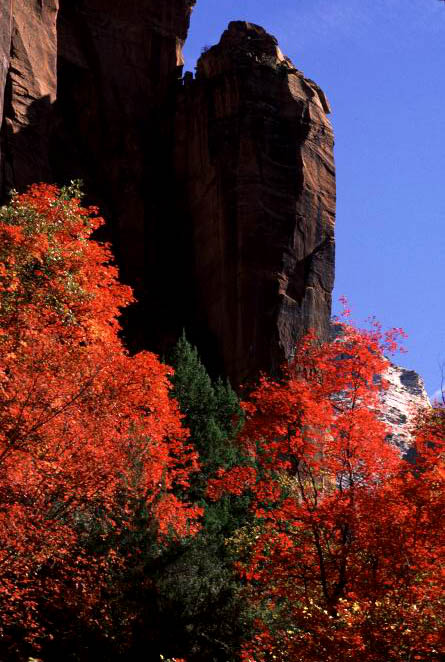
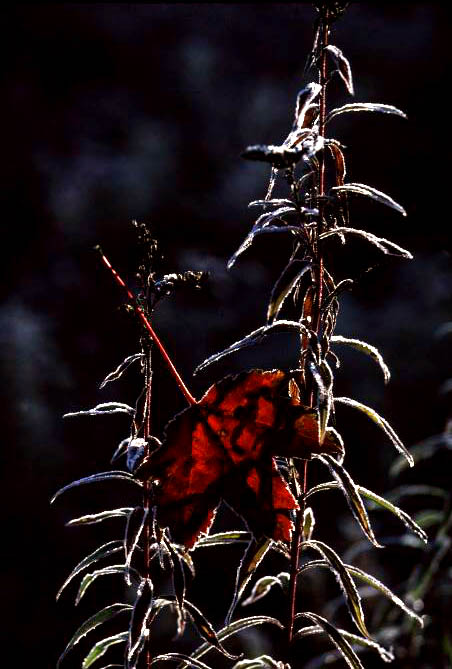
Backlighting can add great appeal to a landscape or macro scene when
Colorful leaves are part of the image. While hiking the trails in Zion
National Park, Utah, I came upon these red maples in a deep canyon. Luckily,
the time of day was right for the angle of the sun to shine right through
them creating
The impression of stained glass. The second image was taken on a cold,
frosty morning in a field near my home. The single, red leaf stood out
against
The darkened background thanks to a shaft of early morning sunlight that
Backlit it.
Backlighting can enhance almost any photographic subject under almost
any circumstances. I have found through the years that any subject that
is translucent will be effectively enhanced by light that is passing through
It in the direction of the lens. Landscapes take on a feeling of depth
and dimension when the components of the scene are backlit. Even portraits
of people and animals can be more effective with a combination of backlighting
on the hair and fill light on the near side of the camera.
With the light coming towards the lens, the photographer should be careful
about flare of the light striking the surface of the optic, which will
cause light streaks on the final image. Use a lens shade or block the
sun with
A nearby tree or some other object.
The photographer who learns to use backlighting will create many more
images that are eye appealing to the viewer. I wish you good luck in your
image making and look to the light. You’ll be glad you did.
Jim